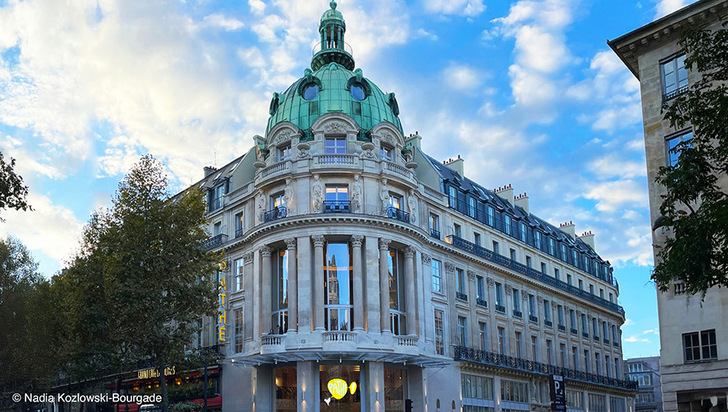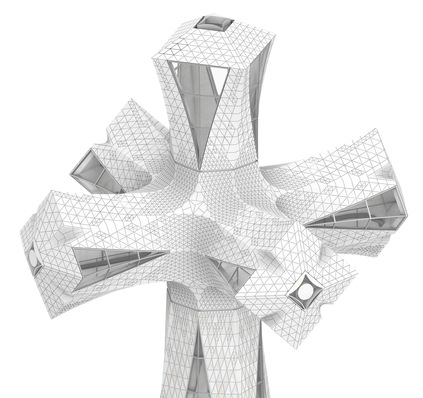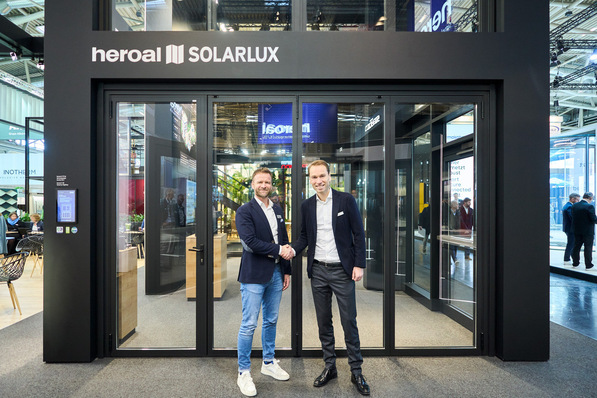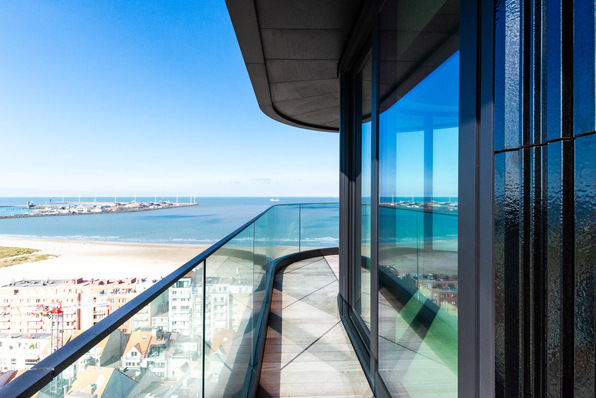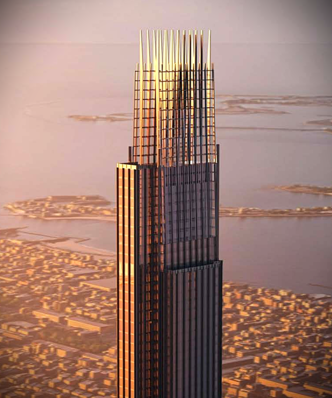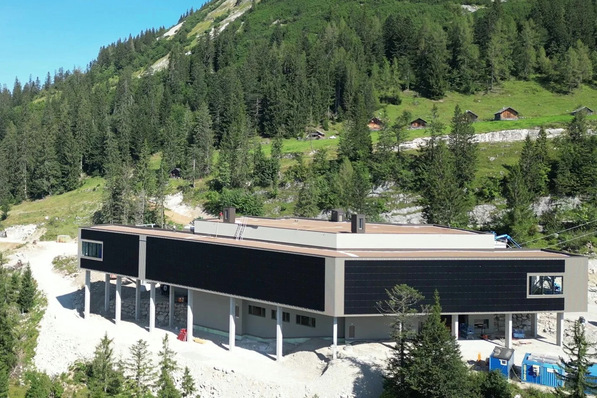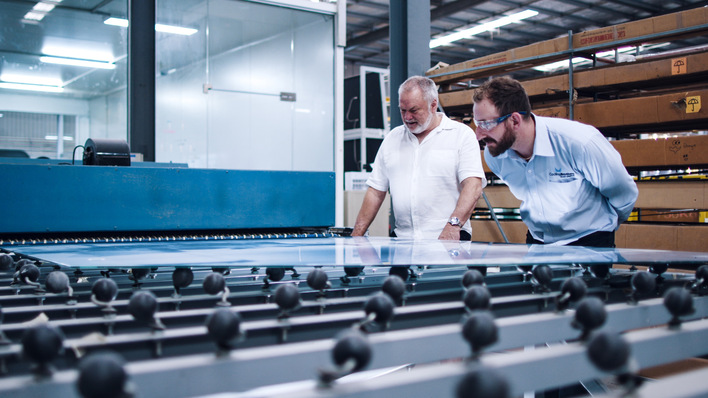With applications ranging from automated large-scale production and structural glazing to organic shapes and listed buildings, according to Edgetech, the flexible Super Spacer is a very versatile solution. For example, it was used in the restoration and modernisation of the Pathé Palace in Paris, a building from the Parisian Belle Époque, undertaken by Renzo Piano Building Workshop.
Transformation of an iconic film venue
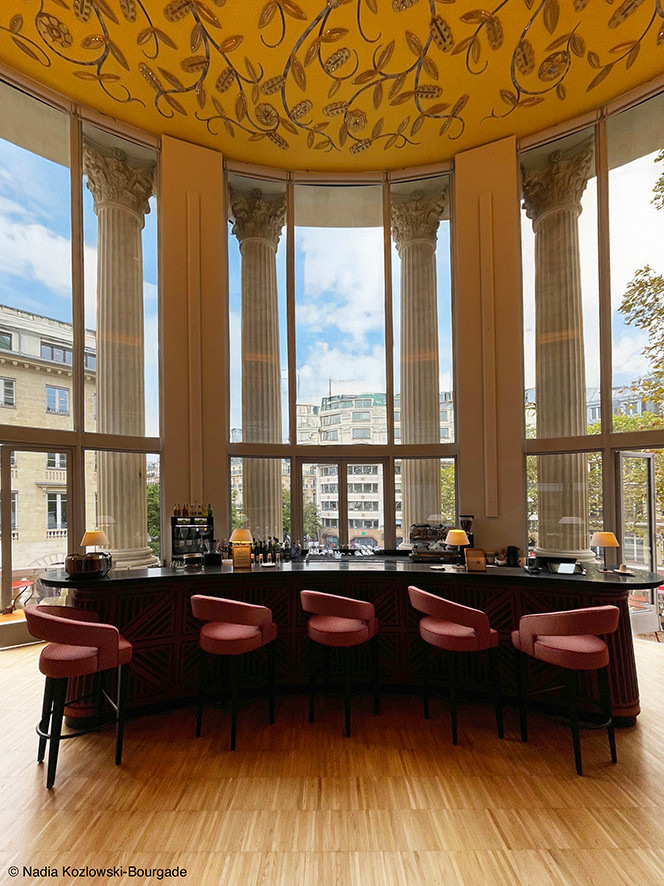
Nadia Kozlowski-Bourgade
For over 150 years, the building in the middle of Paris has been a cultural landmark. Originally opened in 1869 as a vaudeville theatre, it was converted into a cinema by Paramount in 1927 and later transformed into a luxurious film palace by Renzo Piano on behalf of the Pathé Group. The new Pathé Palace boasts seven state-of-the-art auditoriums with LED screens and heated, adjustable leather seats.

Jared Chulski
The Pathé Palace was completely gutted and extensively glazed at street level. The building's transparency is intended to invite the city to enter the light-flooded atrium, 'the piazza'. Only the striking dome, rotunda and natural stone facade from the Belle Époque period were reconstructed. In accordance with official specifications, some interior elements such as the grooved marble, stucco work and cast-iron banisters also had to be integrated into the redesign.
An inverted glass pyramid dominates the 300-square-metre 'piazza' behind the entrance area. Measuring just 45 square metres at its base, this elegant glass and steel structure expands to a width of 29 metres, creating a clear opening of 154 square metres and allowing natural light to flood into the building five storeys deep. The 1,200-square-metre, 150-tonne interior facade is suspended. To hold and stabilise the filigree mullion-transom system for the glazing, facade builder Josef Gartner constructed a light grey, painted steel structure.
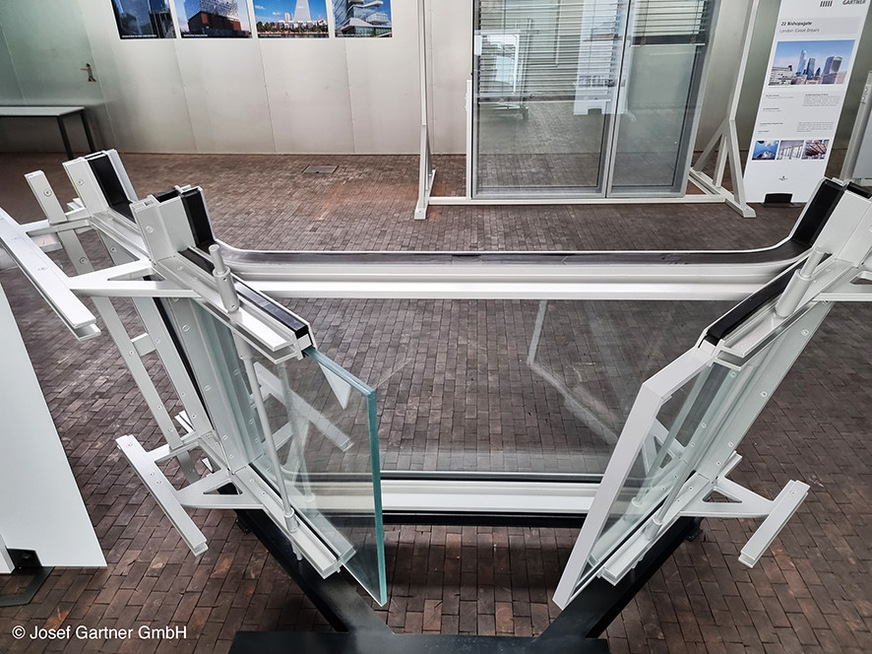
Josef Gartner
Flexible and transparent spacer for difficult geometries
Gartner and the bent-glass specialists at Döring Glass developed a technically complex insulating glass construction for the corners. The 28 double cylindrically curved rectangular panes ranged in dimension from 1638 x 5546 mm to 1663 x 3440 mm. The 44- and 46-degree bends each form a 90-degree corner with a flat section in between, followed by a short straight section after the bends.
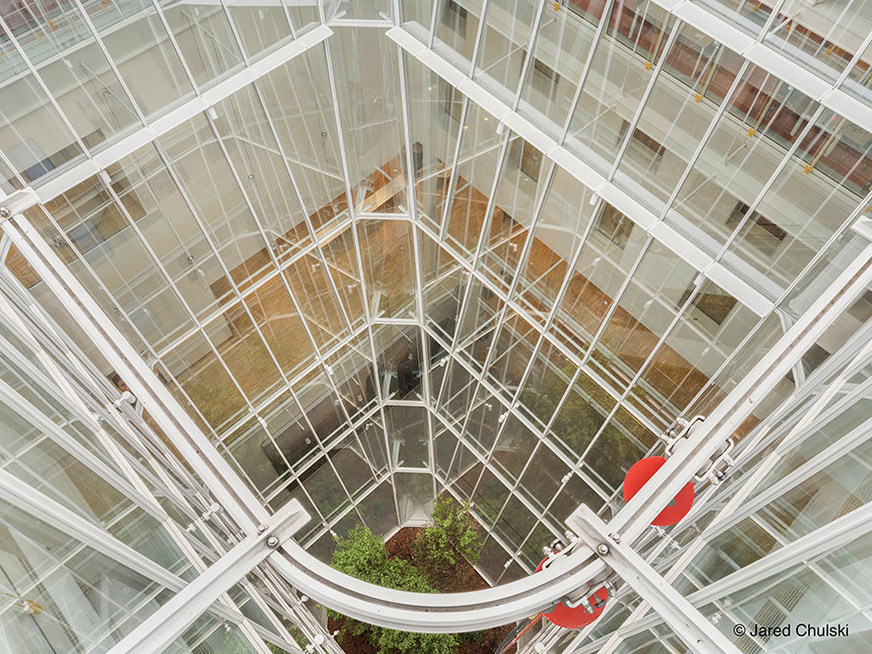
Jared Chulski
The radii range from 100 to 150 millimetres, depending on the bend. The inner and outer panes are made of 12 mm laminated safety glass composed of extra-clear DIAMANT float glass and PVB film. A 10-millimetre-wide Super Spacer TriSeal Premium Plus spacer in 'light grey' was used in the space between the panes. The architects had specified a grey spacer for the entire glass pyramid. As it virtually merges with the glass, the spacer plays its part in realising Renzo Piano's vision of an atmosphere of light, airiness and transparency.
Super Spacer flexible spacers are ideal for curved glass, as they can adapt to complex curves and radii. However, they also offer advantages for flat glazing. Their elasticity reduces stress in the edge seal and distributes forces evenly, thereby minimising the risk of breakage. During production, they facilitate precise application, even with tight radii. They also absorb hardly any climatic loads, which relieves the edge seal even further. They ensure maximum accuracy and parallelism of the panes, as well as clean edges, with both automated and manual processing, particularly with large format insulating glass elements.
Extensive reliability testing before installation
For the Pathé Palace's rotunda facade, Döring combined and realised two further manufacturing challenges with Super Spacer: large format curved double glazing, with the largest piece measuring 963 by 4,811 millimetres and comprising three different glass structures.
The curved glass underwent various long-term tests on ageing behaviour, dew point and gas concentration over a period of more than six months before installation and acceptance by the client, in order to prove the performance and reliability of the spacer.
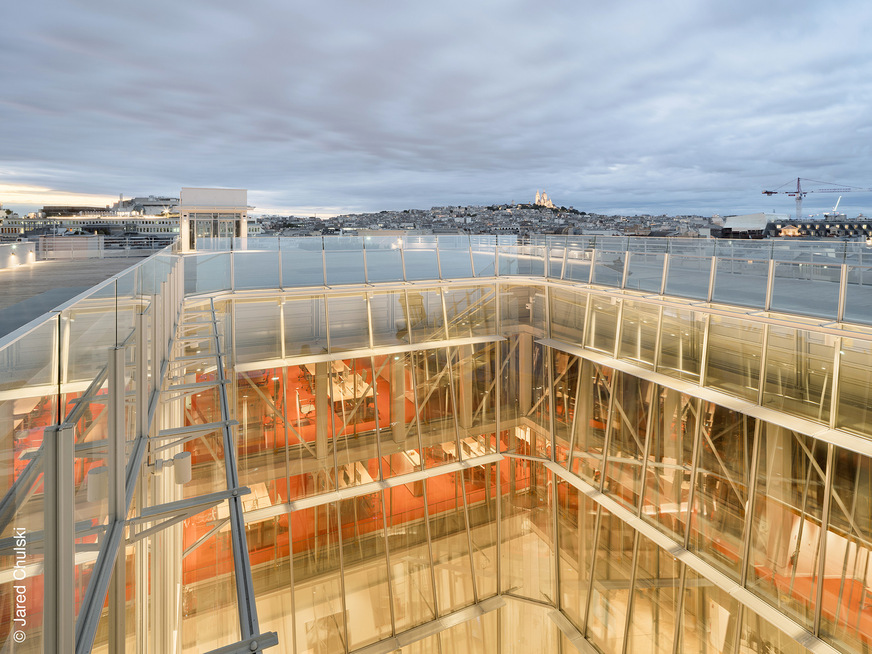
Jared Chulski







